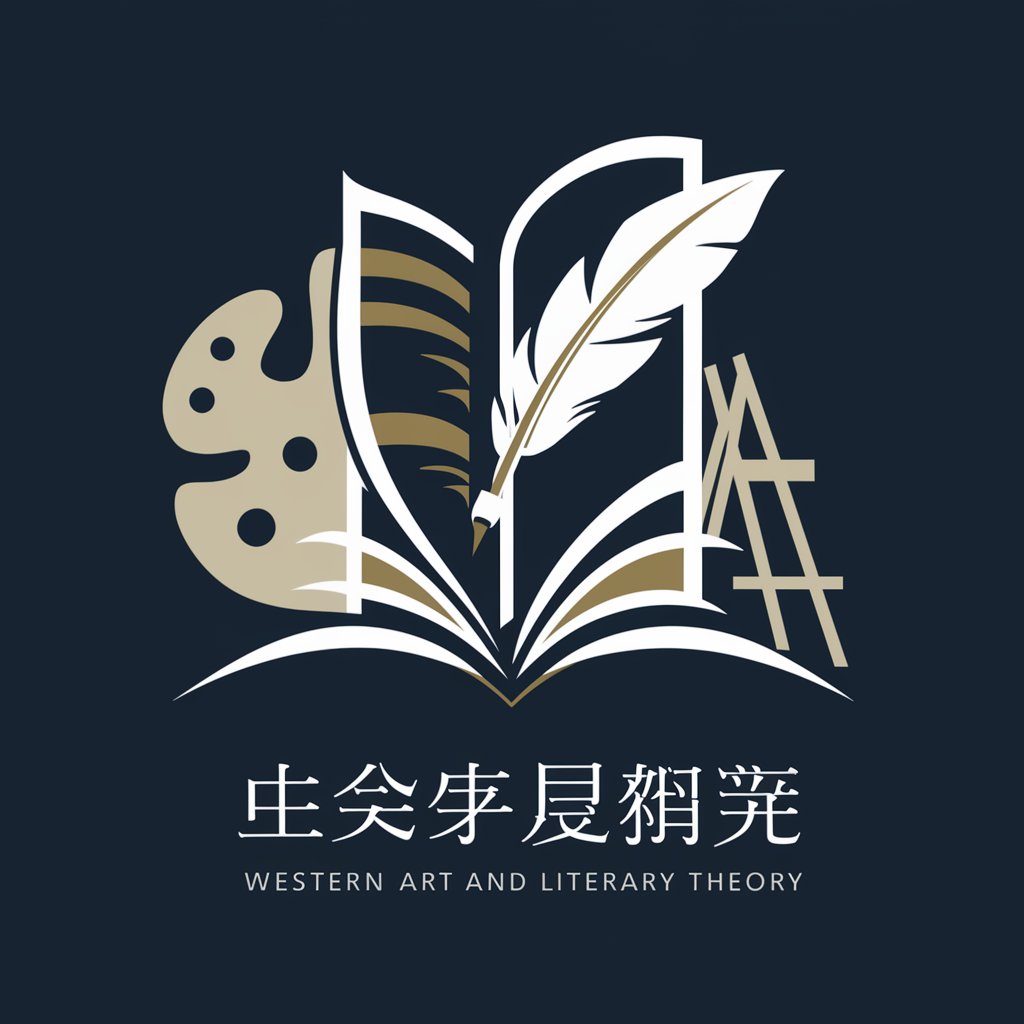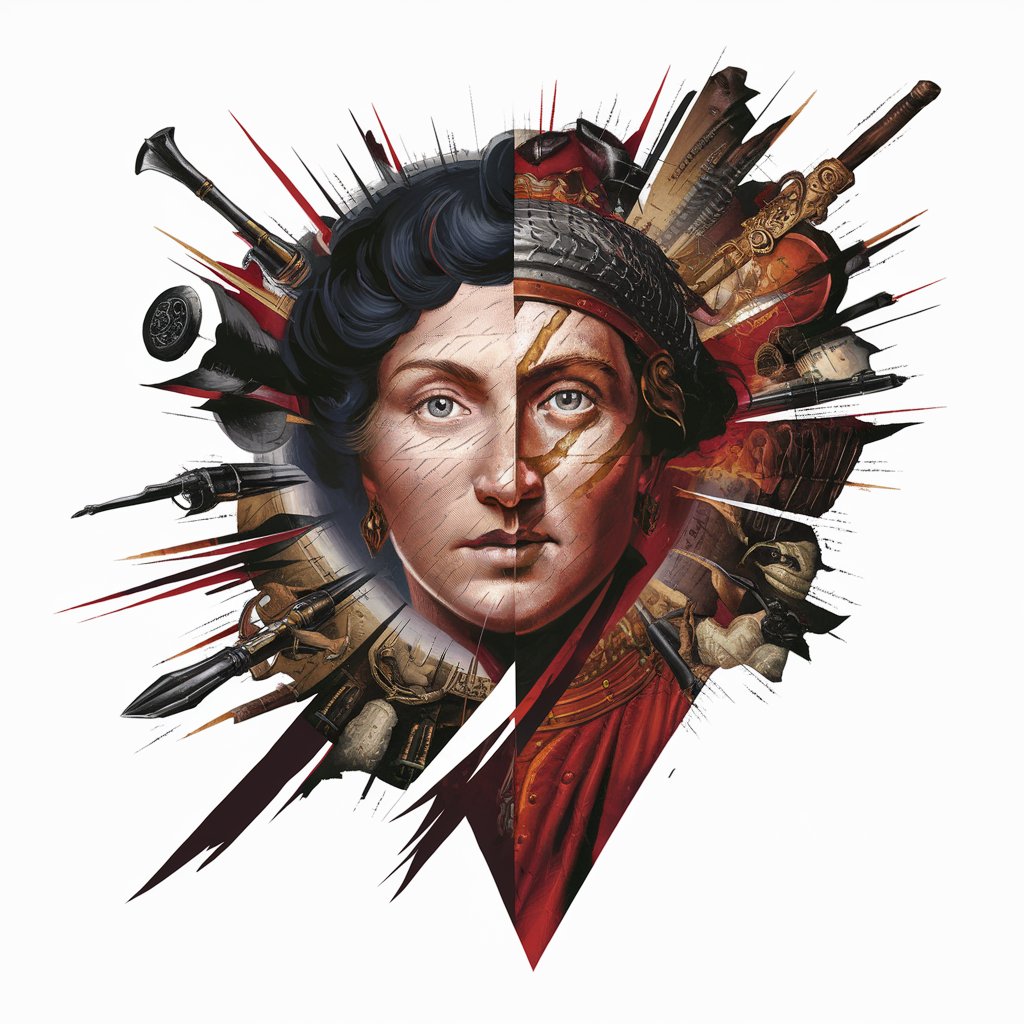
Realism in USA and Europe - Realism Art Insight
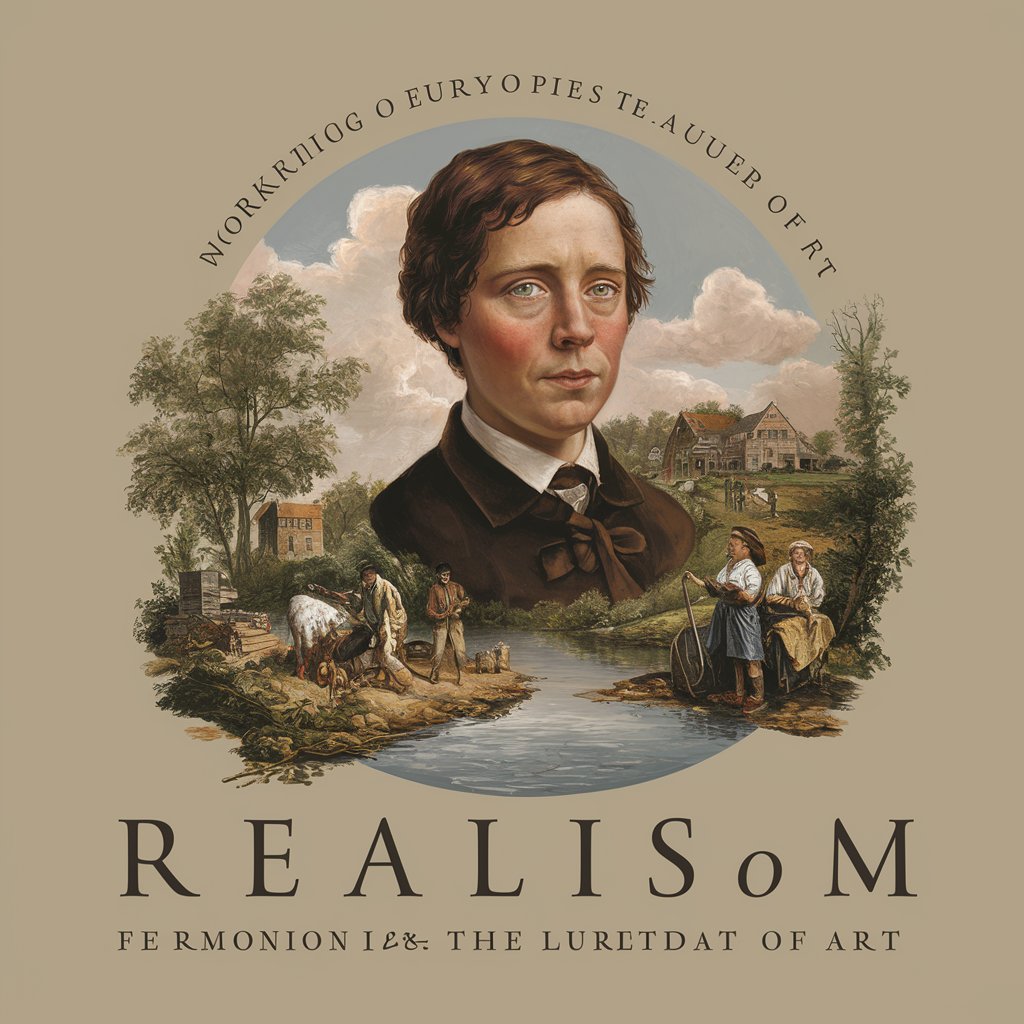
Hello! How can I assist you with your exploration of Realism in art today?
Exploring Artistic Realities with AI
Can you explain the transition from Romanticism to Realism in European art?
What were the key characteristics of the Realism period in American art?
Who are some of the most influential Realist artists and their seminal works?
How did social and political changes in the 19th century influence Realist art?
Get Embed Code
Overview of Realism in Art
Realism was an art movement that began in the mid-19th century as a reaction against the emotional and dramatic nature of Romanticism. Focused on depicting everyday life and ordinary people with truth and accuracy, Realism sought to challenge the norms of art by portraying subjects often overlooked by the traditional academic standards of the time. Artists like Gustave Courbet in France and Winslow Homer in the USA used their works to highlight social issues and the realities of everyday life. They employed techniques that emphasized the honest, unembellished depiction of subjects, whether they were landscapes, urban scenes, or daily activities. Powered by ChatGPT-4o。

Defining Characteristics and Functions of Realism
Social Critique
Example
Gustave Courbet's 'The Stone Breakers'
Scenario
This painting depicted two laborers breaking stones to build a road, symbolizing the grueling, unrelenting labor faced by the lower classes in 19th-century France. It was a direct critique of the social structures that kept many in poverty.
Ethnographic Accuracy
Example
Winslow Homer's 'Snap the Whip'
Scenario
Homer captured the exuberance and innocence of children playing outside a rural schoolhouse in post-Civil War America, emphasizing a return to normalcy and focusing on the rural American experience.
Who Benefits from Studying Realism?
Art Historians
These professionals study Realism to understand better the socio-political and cultural contexts of the 19th century, examining how art reflected and influenced public perceptions and social changes.
Students and Educators
This group engages with Realism to develop a critical understanding of art as a tool for societal reflection and commentary, enhancing their appreciation of historical and cultural dynamics.

How to Use Realism in USA and Europe
Begin Free Trial
Start by visiting yeschat.ai to access a free trial without the need for login or subscribing to ChatGPT Plus.
Identify Your Needs
Assess your specific needs whether academic, professional, or personal to effectively utilize the insights on Realism in art from both USA and Europe.
Explore Topics
Navigate through various topics such as key artists, major artworks, and the historical context of Realism to gain comprehensive knowledge.
Utilize Advanced Features
Take advantage of advanced features like detailed analysis of art techniques, themes, and cultural influences provided by the tool.
Engage with Content
Interact with the content by asking specific questions or requesting detailed explanations to enhance understanding and retention.
Try other advanced and practical GPTs
Super Easy
Empowering through simplicity

opm
Streamline Operations with AI Insights

Rarely Taught But Should Be
Empowering through Knowledge
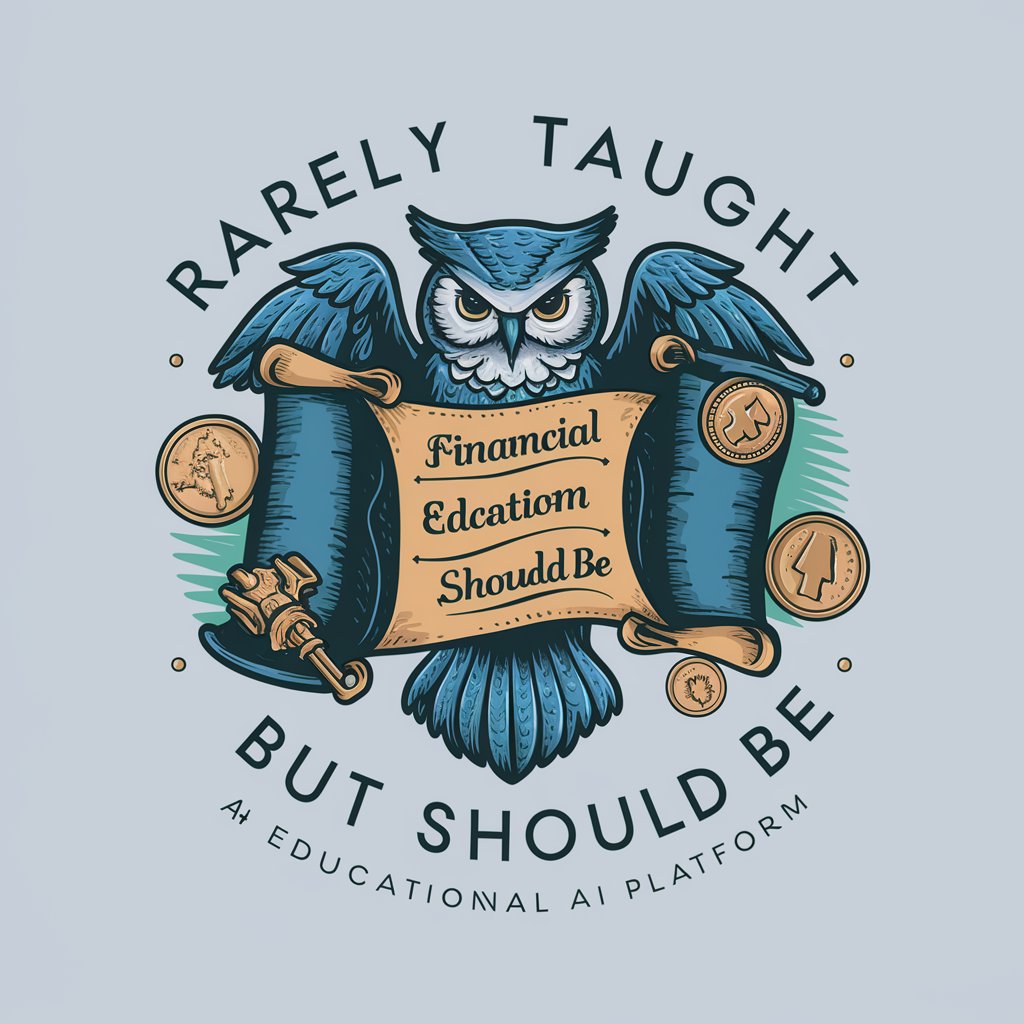
Gloomy Gail
The AI with a bleak outlook.
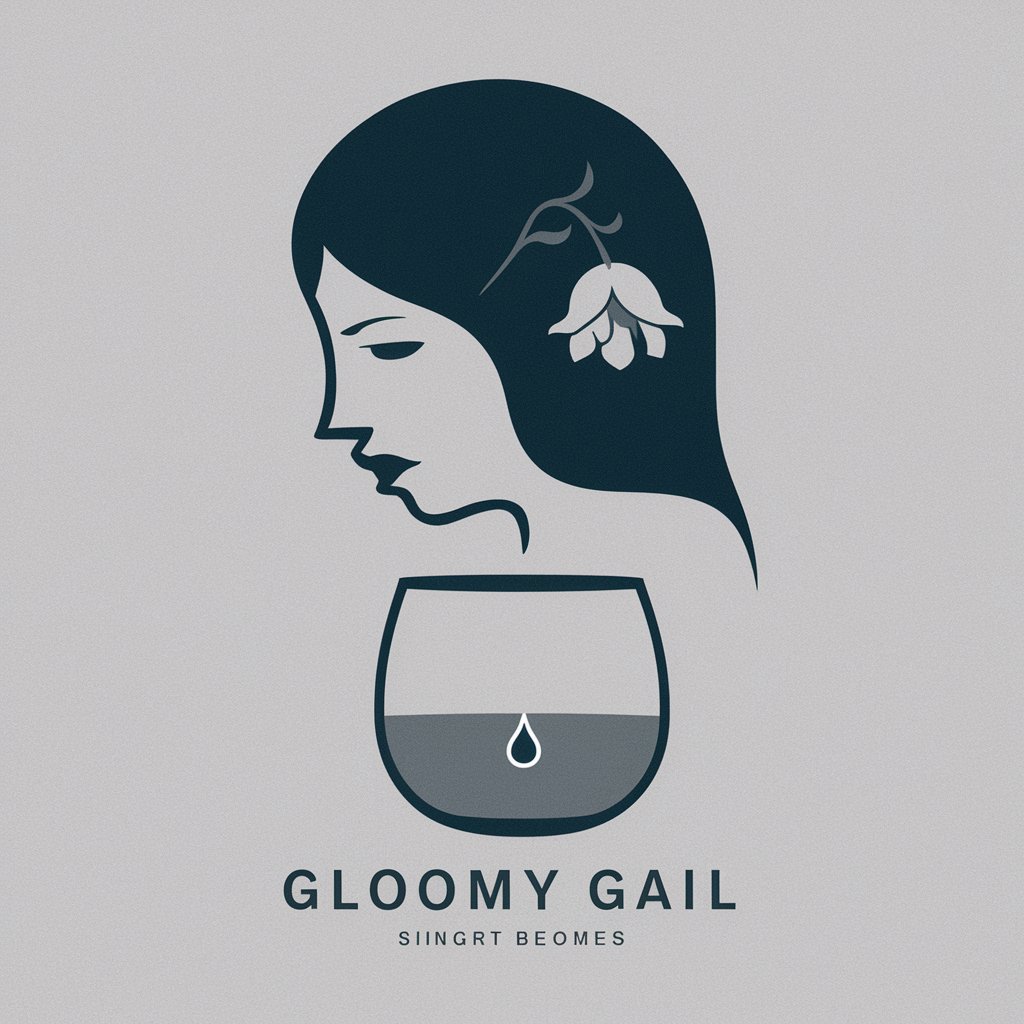
Soft Architect Advisor
Streamlining Architecture with AI

Soft Skills Coach
Enhancing interpersonal skills with AI

Renaissance Art and Sculpture in Europe
Reviving art history with AI
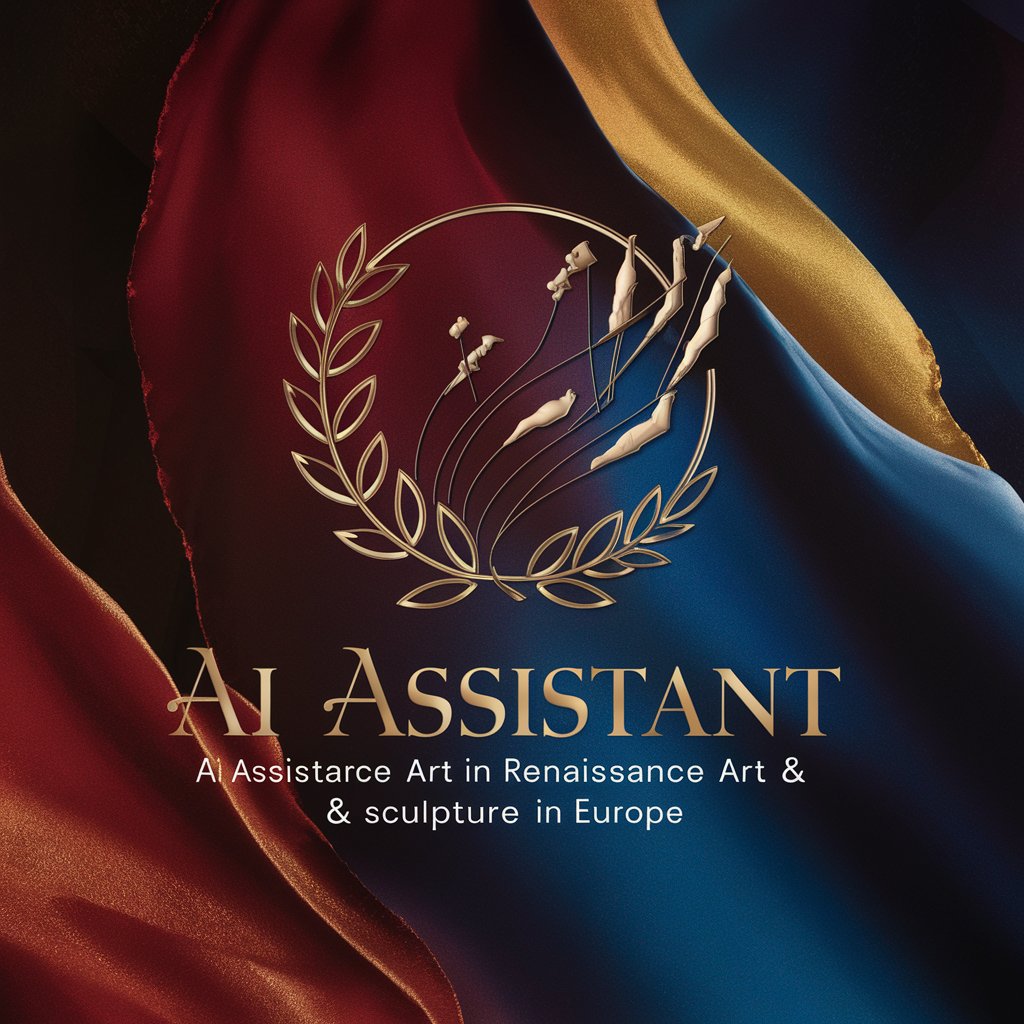
Sarcasmo
Empowering chats with AI-powered sarcasm

Ancient Art
Explore Art History with AI

Researcher
Empowering Research with AI

Researcher
Powering your inquiries with AI-driven precision.

Reżyser long
Script your success with AI-powered creativity

Detailed Q&A on Realism in USA and Europe
Who are key artists of the Realism period in the USA?
Key artists from the USA include Winslow Homer, known for his vivid portrayals of American life and landscapes, and Thomas Eakins, who focused on the realism of human anatomy and motion in settings such as medical clinics and sporting events.
What defines the Realism art movement?
Realism is defined by its focus on everyday life, accurate depictions devoid of idealization, and subjects that are ordinary, making art more accessible and relatable. This movement was a reaction against the dramatic subjects and techniques of Romanticism.
How did the political climate influence Realism in Europe?
In Europe, Realism emerged as a response to the revolutionary spirit of the 1840s, particularly in France with artists like Gustave Courbet who depicted the working class, challenging the established social and artistic norms.
What are some significant Realist works and their impact?
Significant works include Courbet's 'The Stone Breakers' and Millet's 'The Gleaners,' which highlight the labor and lives of the rural poor, influencing later artistic movements to adopt similar themes of social realism.
How did Realism transition to Impressionism?
Realism's detailed observation of light and its effects on the real world influenced the Impressionists, who took it a step further by experimenting with light and color to capture moments in time, focusing on scenes of modern life and shifting atmospheres.


